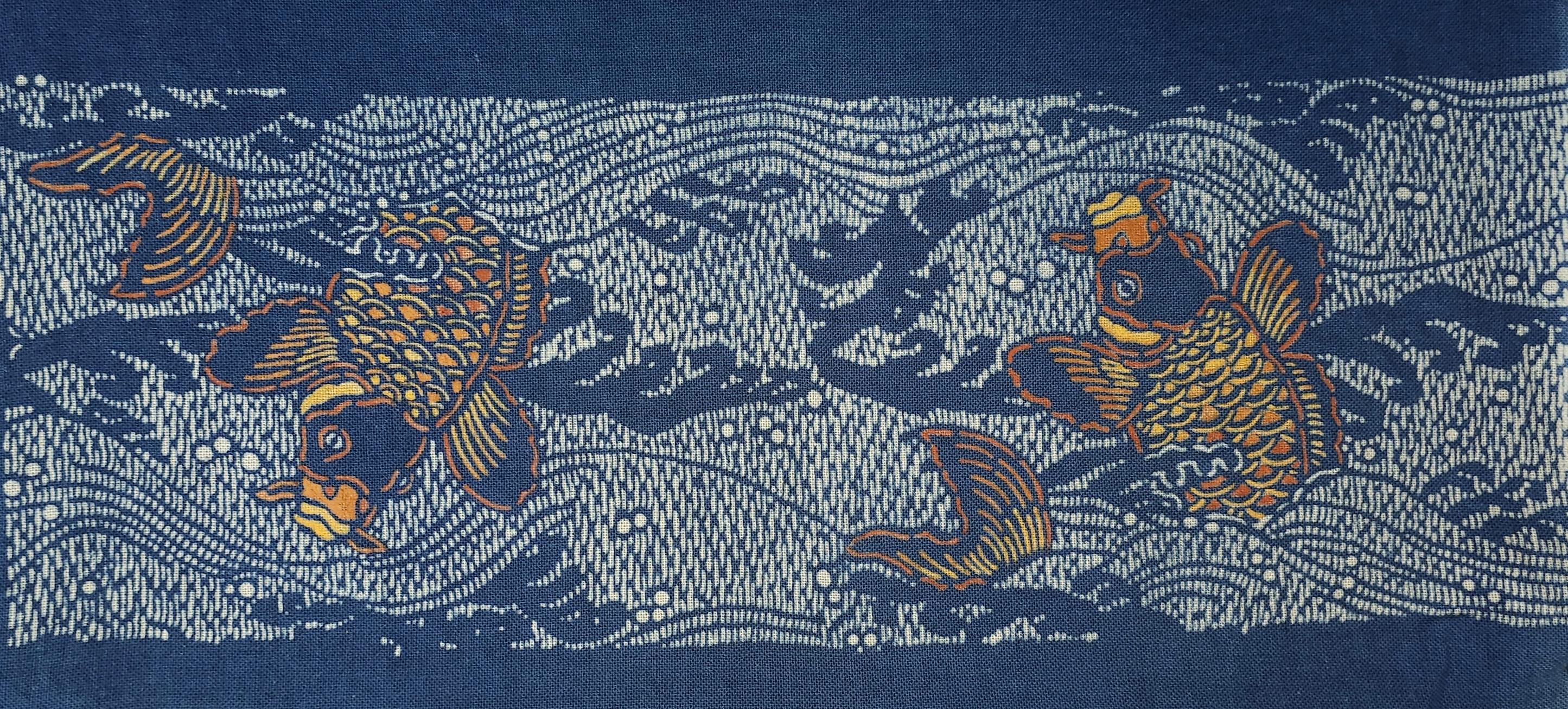I felt that I needed to address the issue on recent tariffs and how they affect my business. I realize that most everyone is a little tired and frustrated with hearing about them but it is important, as a small business owner, that I am transparent with my pricing and costs.
Currently I order my products through two different methods. I will address each method separately.
Wholesalers:
These are companies that purchase items from Japan for me. They are importing huge freights of these items and do incur the costs of the new tariffs. They have to pay tariffs on the raw material (steel for needles) and for company of origin (25% for Japan).
As expected, these companies have been increasing their wholesale costs on these items. As I purchase these items I have been evaluating the costs and adjusting my retail price as necessary. I have been reviewing each item separately and really trying to keep the price as low as possible for my customers.
The main issue I see at the moment is the lack of products at the wholesalers. I am not sure if wholesalers are not ordering until they need a large number of items, possibly trying to wait out the tariff, or if there is something else going on. However, many of the basic items that I always carry (threads, needles, thimbles) are not in stock at the wholesalers now and are therefore taking longer to arrive to me. Usually out of stock items show an ETA, now the wholesalers are not even providing this. This is making it extremely difficult to keep certain items in stock and when they arrive they are selling out very quickly.
Larger companies remedy this issue by purchasing a large amount of stock at once however, as a small business I do not have the capital to do this.
Direct from Japan:
For those items I order directly from Japan myself (tsumami kanzashi supplies, Clover loom, certain Olympus items, mending supplies, Cohana) I fortunately can get around the tariff costs by ordering smaller quantities of items more often. This does mean shipping costs are higher for these items but it is still far less expensive than paying the larger 25% tariff on Japanese imports.
I do not know if this "loop-hole" will close for Japan as it did for China however at this moment I have not needed to increase the costs due to tariffs on these items.
For some items (not all) you may see a small change in cost due to the exchange rate. This is something that I regularly review and adjust, as the market is volatile and the Japanese Yen and US Dollar value change throughout the year. Sometimes it is in the customer's favor, as the USD is strong or the JPY is low. These changes in retail cost are never drastic and I hope that the customer doesn't notice them as I try to keep them as modest as possible.
The bottom line is that the cost gets transferred down the line and stops at the consumer. I think that in most cases the consumer is getting charged less than the actual tarriff as companies try to absorb some of the costs. However this isn't as easy for smaller businesses where our profit margins are much lower and we don't have the wiggle room that larger companies may have. Decreasing the overhead costs by reducing the number of employees or hours they work isn't an option if you are the only employee. Closing sites that don't have many sales isn't an option when you are the only "site".
I hope that helps explain the situation a little better for my customers. It is a stressful time for us all and I feel that as a small business owner I have been feeling it doubly, both from my business (smaller profit, inability to get items, slower sales) and at home (increased costs of necessities and foods).
As usual I welcome any feedback or thoughts on the issue and please always feel free to contact me with any questions or thoughts about the products I carry (or if you just want to talk Japanese fabrics!)
Thank you so much and I appreciate all of you for helping support and grow my business!
-Renee
PS: The eye-candy on the top of this blog post is a photo of an item that I created in the past year. It was created using an antique Japanese stencil, traditional rice paste resist and indigo. The koi were painted using soy milk and earth pigments.
This fabric was then used in a callaboration between Jason Nemec and I to create a beautiful wood and fabric plate.

